For older people and frail people, the long-term benefit of medicines reduces and the potential for harm from adverse effects increases. When the benefit–risk balance changes in this way, medicine review and optimisation are important to simplify the therapeutic regimen, reduce inappropriate medicines and minimise risks. In this article, pharmacist prescriber Linda Bryant uses two case studies to illustrate important considerations during medicine reviews
Braving the ‘bump’: How crossing professional boundaries can boost care
Braving the ‘bump’: How crossing professional boundaries can boost care
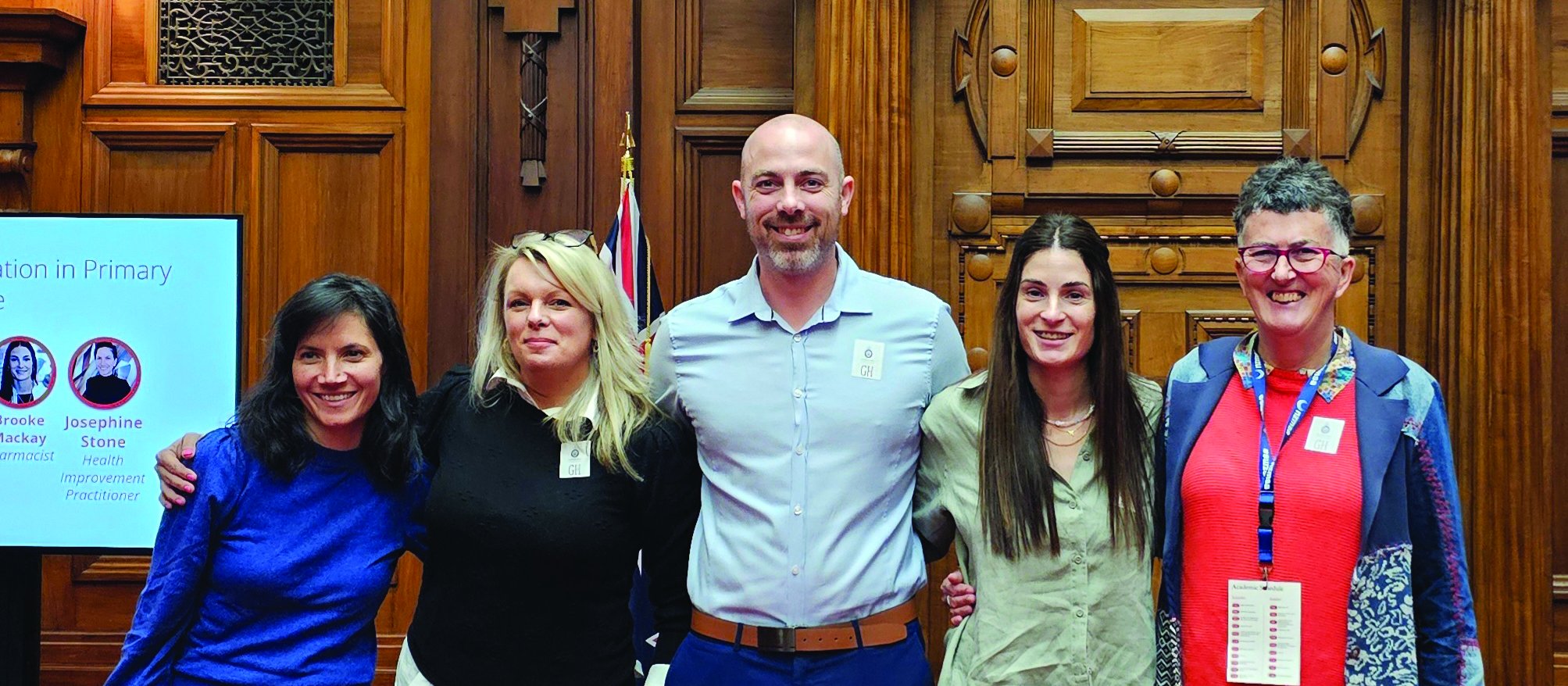
A paramedic’s call for ‘bump zones’ at a rural health conference struck a chord: GPs could shatter professional silos and learn side-by-side with nurses, pharmacists, Māori health practitioners and more, suggests Lucy O’Hagan
My inspiration for the week came from Carlton Irving, paramedic, doctor, equity champion and health leader. His keynote at the Hauora Taiwhenua Rural Health Network conference was reported by New Zealand Doctor Rata Aotearoa (online 2 May) and followed up with a LinkedIn post in which he said: “There is too much patch protection in health…we see competition where there should be collaboration...Healthcare must be patient-centred, not profession-centred. What matters is what works. Evidence. Outcomes. Skill.
“Not titles. Not where you studied.
“Train together. Work together. Respect each other.
“From the first breath to the last, care must be connected.”1
I love this. I love to be challenged. But it requires a huge shift in my thinking. My brain can’t quite shake off some nostalgic image of the family GP who did everything, plus on-call and 100 deliveries a year.
The sun was setting on that model when I became a GP in 1995. Primary healthcare was not even a thing; it was general practice done by GPs. Some GPs did not even have a nurse working with them.
I am making my mind say “primary healthcare” because it includes the huge array of people involved in community-based healthcare. But sadly, we still operate in professional silos.
Last year, I was invited to create a panel on primary healthcare for the Ignite Medical Students Conference at Parliament. The best part was the preparation, just being in a Zoom room talking to a wide range of primary care practitioners:
- Josephine Stone is a Māori health improvement practitioner and social worker in Cannons Creek working in the community she has lived in all her life. A true kaiāwhina.
- James Currie is an extended care paramedic who spends his days driving around Porirua and Hutt Valley, responding to low-acuity ambulance calls. He stitches up wounds, treats chest infections, unblocks catheters, and at the same time, makes healthy home referrals and checks the fire alarms. Brilliant.
- Brooke MacKay is a pharmacy owner in Hutt Valley who was breastfeeding a baby at the conference. She employed nurses from 9am to 9pm, seven days a week, because there were no GP appointments, and the local urgent-care service closed. Innovation and energy.
- Chelsea Willmott is a rural nurse practitioner who does locums for solo rural GPs. Trailblazing and positive.
It was a great panel. We inspired the students. But mostly, I learnt a lot: about the vast range of services operating in primary healthcare, about the energy and innovation, and how the hierarchy where GPs and general practice rule the territory is breaking down.
Yes, change is hard for those of us letting go of some power and control, but change is here and there is an opportunity to do things better in every perceived threat.
The Ignite panel provided incredible conversation and made me realise how rarely we are in a room together. We learn in our own institutions; we go to our own professional meetings and peer groups. As Dr Irving says, we need to play together, learn together. We need the structural equivalent of “bump zones”.
In many ways, Hauora Taiwhenua is a leader in this regard. When I started as a rural GP in 1995, it was called the Rural GP Network and that’s what it was. The name change says a lot about the change in kaupapa, where all those interested in rural health can be members.
Other conferences are opening up registrations more widely with a range of non-medical speakers. But could we do more interdisciplinary training? I reckon the GP registrars could learn a lot from those training as prescribing pharmacists, midwives, paramedics, NPs and vice versa.
Could they do some learning together? Are there other ways to bump into each other? Social media? Local initiatives via PHOs? Or maybe revisit the idea of localities?
A more recent experience was with My Health Hub, which provides online education for health professionals. I’ve been teaching GP registrars for 25 years, so I was a bit daunted giving an online seminar to such a mixed group. My topic was “Clinical reasoning meets consultation skills”, and it was aimed at all prescribers in primary care. Of about 200 attendees, half were nurses, nurse prescribers or NPs, and less than a quarter were GPs. There were quite a few pharmacists with the odd occupational therapist, dentist, paramedic and student. It was a reminder that we can speak a common language, share ideas from our paradigm, and, in doing so, improve healthcare. I went in asking myself: “Can I teach differential diagnosis to non-doctor prescribers?” My conclusion is we can, and we must, but that’s another column.
Meanwhile, get out of the building you work in and bump into some of your colleagues. You might be inspired.
Lucy O’Hagan is a medical educator and specialist GP working in the Wellington region
TELL US WHAT YOU THINK
Send a Letter to the Editor to editor@nzdoctor.co.nz
We're publishing this article as a FREE READ so it is FREE to read and EASY to share more widely. Please support us and our journalism – subscribe here
One of the benefits of subscribing is you will also be able to share your thoughts about what you read with others in our Comment Stream. You can also take notes on what you read with Capture
- Carlton Irving on LinkedIn, 3 May: linkedin.com/feed/update/urn:li:activity:7324161503345999872

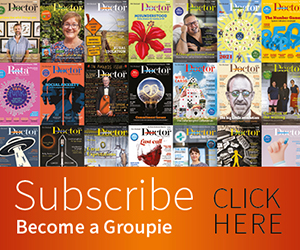
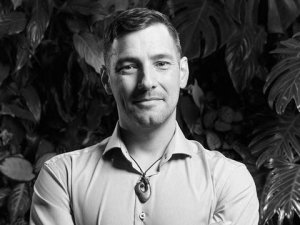
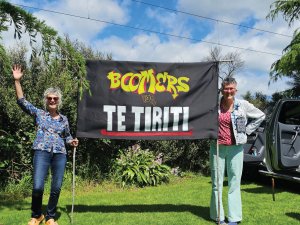
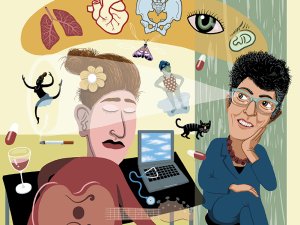
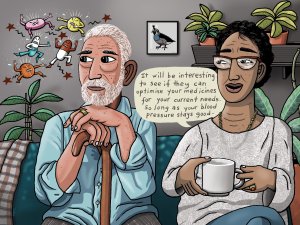

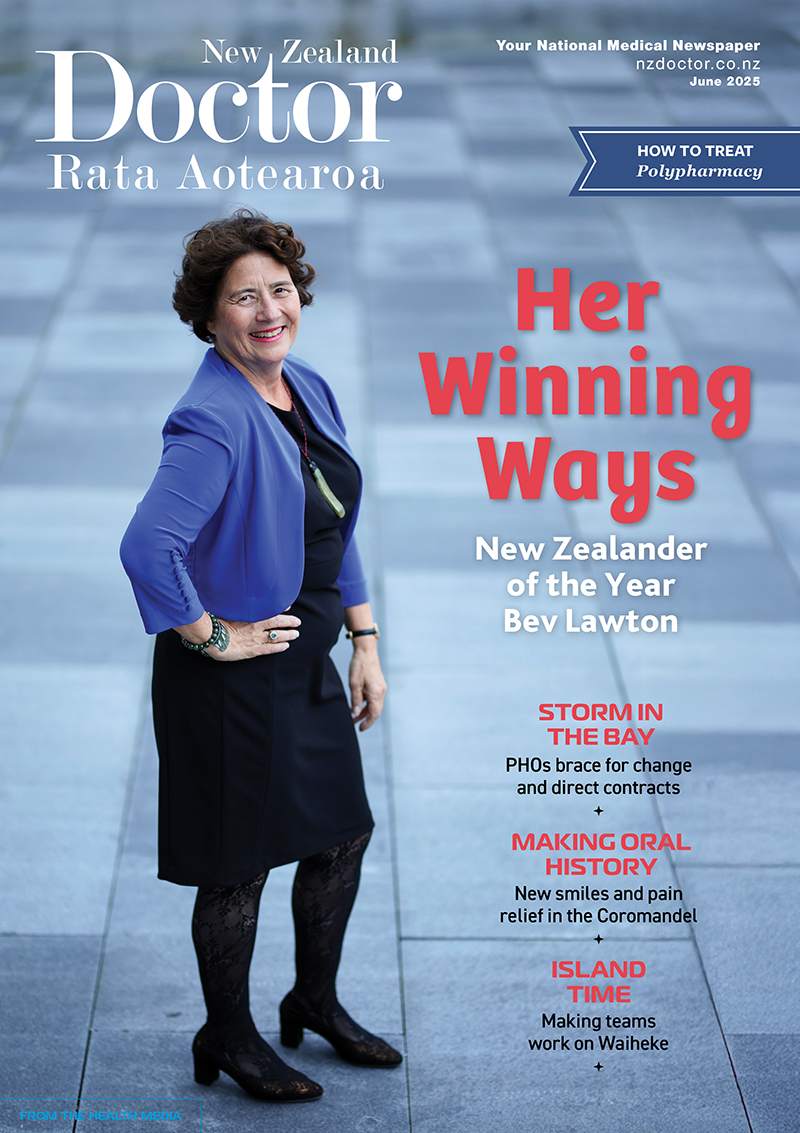
![New Zealand Doctor Rata Aotearoa editor Barbara Fountain, RNZCGP president elect and Tauranga-based specialist GP Luke Bradford, Ministry of Health clinical chief advisor rural health Helen MacGregor, and Health New Zealand Te Whatu Ora clinical director primary and community care Sarah Clarke [Image: NZD]](/sites/default/files/styles/thumbnail_cropped_100/public/2025-05/1.%20Barbara%20Fountain%2C%20Luke%20Bradford%2C%20Helen%20MacGregor%20and%20Sarah%20Clarke.jpg?itok=091NETXI)
![Ngāti Porou Oranga specialist GP Elina Pekansaari and Te Nikau Hospital specialist in general practice and rural hospital medicine David Short [Image: NZD]](/sites/default/files/styles/thumbnail_cropped_100/public/2025-05/2.%20Elina%20Pekansaari%20and%20David%20Short.jpg?itok=h5XfSBVM)
![Locum specialist GP Margriet Dijkstra and OmniHealth regional operations manager (southern) Patricia Morais-Ross [Image: NZD]](/sites/default/files/styles/thumbnail_cropped_100/public/2025-05/3.%20Margriet%20Dijkstra%20and%20Patricia%20Morais-Ross.jpg?itok=jkrtRfJC)
![Golden Bay dairy farmer and dairy industry health and safety doctoral student Deborah Rhodes, and Golden Bay Community Health specialist GP Rachael Cowie [Image: NZD]](/sites/default/files/styles/thumbnail_cropped_100/public/2025-05/4.%20Deborah%20Rhodes%20and%20Rachael%20Cowie.jpg?itok=oM0_GcJc)
![Hauora Taiwhenua clinical director rural health Jeremy Webber, Australian College of Rural and Remote Medicine president Rod Martin and Observa Care director of business operations Deborah Martin, the wife of Dr Martin [Image: NZD]](/sites/default/files/styles/thumbnail_cropped_100/public/2025-05/5.%20Jeremy%20Webber%2C%20Rod%20Martin%20and%20Deborah%20Martin%2C%20the%20wife%20of%20Dr%20Martin.jpg?itok=P_aGmX_H)
![Spark Health chief executive John Macaskill-Smith and client director Bryan Bunz [Image: NZD]](/sites/default/files/styles/thumbnail_cropped_100/public/2025-05/6.%20John%20Macaskill-Smith%20and%20Bryan%20Bunz.jpg?itok=5yJvVZ0I)
![Associate dean (rural) Kyle Eggleton, third-year medical student Roselle Winter, and second-year pharmacy student Alina Khanal, all from the University of Auckland [Image: NZD]](/sites/default/files/styles/thumbnail_cropped_100/public/2025-05/7.%20Kyle%20Eggleton%2C%20Roselle%20Winter%20and%20Alina%20Khanal.jpg?itok=RQLd3TEs)
![Health New Zealand Te Whatu Ora clinical editor and specialist in general practice and rural hospital medicine Anu Shinnamon, and Whakarongorau chief clinical officer Ruth Large [Image: NZD]](/sites/default/files/styles/thumbnail_cropped_100/public/2025-05/8.%20Anu%20Shinnamon%20and%20Ruth%20Large.jpg?itok=i5TMswY9)
![Te Kahu Hauora Practice specialist GP Jane Laver and Ngāti Kahungunu ki Tāmaki-nui-a-Rua chief operations manager Tania Chamberlain [Image: NZD]](/sites/default/files/styles/thumbnail_cropped_100/public/2025-05/9.%20Jane%20Laver%20and%20Tania%20Chamberlain.jpg?itok=jtMklaCZ)